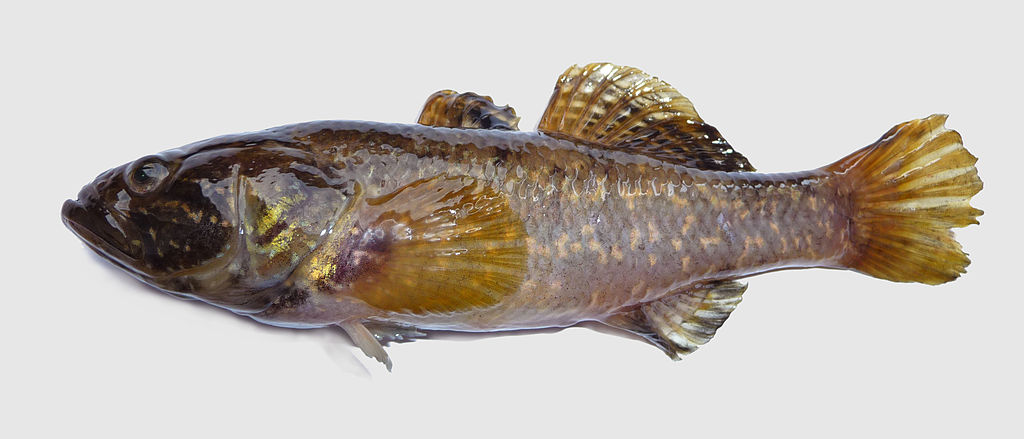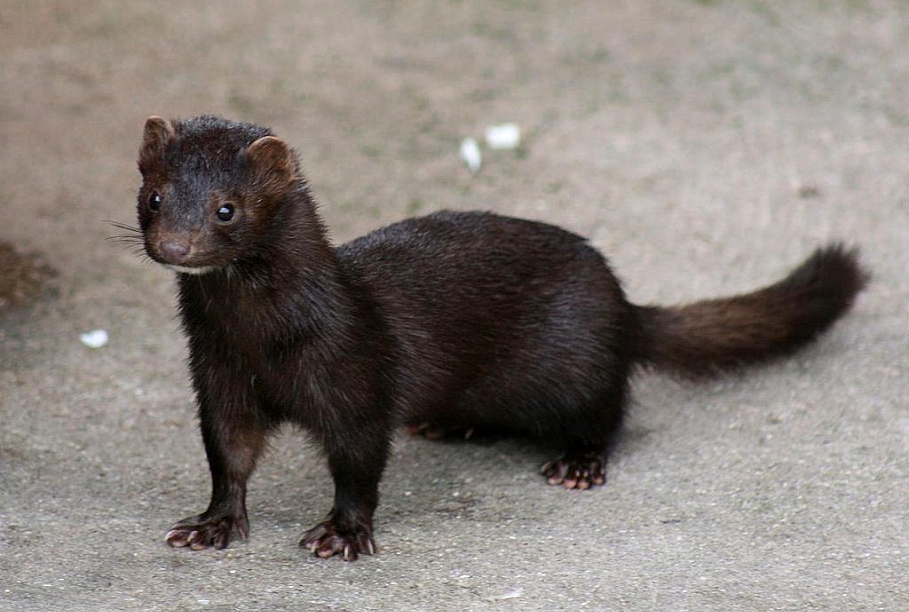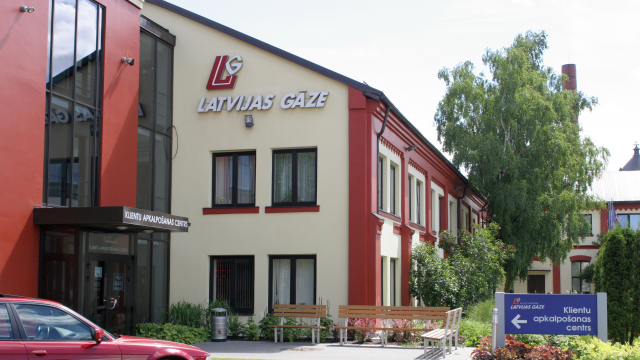The regulation stipulates that all member states have to take measures to stop the spread of invasive species (referred to as 'invasive alien species' in the document).
According to EU requirements, member states have to come up with their own invasive species lists containing plants and animals that pose a threat to local flora and fauna. EU member states also have to undertake monitoring and fighting the invasive species.
Only a single invasive species - Heracleum sibiricum, a sort of hogweed - has been officially recognized as an invasive species in Latvia. However according to the EU regulation the Heracleum sibiricum could be included in the European invasive species list, biologist Agnese Priede of the Nature Conservation Agency (DAP) told LSM. She also revealed that there many more species in Latvia that could be considered invasive.
"It's hard to tell an exact number, however there are at least a few dozen - plants and animals alike. Every expert would probably name the same species, however on some [species] the opinions would differ due to lack of research. As of now there hasn't been a scientifically sound evaluation that would allow these species to be listed in normative acts as 'officially' invasive, because it means numerous responsibilities - both to the state, to landowners, etc. Listing [the species] doesn't solve anything, you have to look [at the problem] in a further perspective," Priede said.
Daugavpils University is working out an invasive species list at the behest of the DAP.
The list should be completed this year while a monitoring program is to be worked out next year. The measures could include an early warning system to quickly zoom onto species that have just shown up and either are or can be considered invasive in other countries of the same region, said Priede.
While Inese Pabērza, a representative of the DAP, said that it's too early to name an exact number of invasive species as there's not much aggregated data. "We can say that there are dozens of species that could be considered invasive, but there are hundreds more that could be showing some features of being invasive," said Pabērza.
Rus.lsm.lv learned from DAP that the Latvian blacklist could contain about ten plants and animals not indigenous to the country:

Raccoon dog (Nyctereutes procyonoides). Indigenous to East Asia. Introduced to Europe in the early 20th century due to experiments in the USSR. It will hibernate in the cold but can stay awake during particularly warm winters. It is thought that it could have carried tick-borne encephalitis to Latvia.

American mink (Neovison vison). Introduced to Europe in the early 20th century. It is threatening the population of the more sizeable European mink and the otter.

Eastern Crayfish (Orconectes limosus). Native to the east coast of North America. Introduced to Latvia several decades ago. It's a smaller competitor to the European crayfish (Astacus astacus).

Signal crayfish (Pacifastacus leniusculus). Indigenous to North America. Introduced to Latvia in mid-to-late 20th century. Larger than the European crayfish. It's resistant to the crayfish plague, of which it is a carrier. It has replaced the European crayfish population of the Salaca river.

Chinese sleeper (Perccottus glenni). Native to eastern Asia. Found in the lakes at the cities of Riga, Daugavpils, Rēzekne.

Harlequin ladybird (Harmonia axyridis). Indigenous to eastern Asia. Introduced to control aphids and scale insects but has now itself become an invasive species.

Portuguese slug (Arion lusitanicus). Native to Spain. Introduced to Latvia accidentally via a timber shipment from Germany.

Krynickillus melanocephalus - a species of slug indigenous to the Caucasus, Crimea, and Turkey. It lives in colonies and is actively spreading beyond its natural areal.

Zebra mussel (Dreissena polymorpha) - a freshwater mussel originally native to the lakes of southern Russia. First found in the Baltics in the 19th century.




























